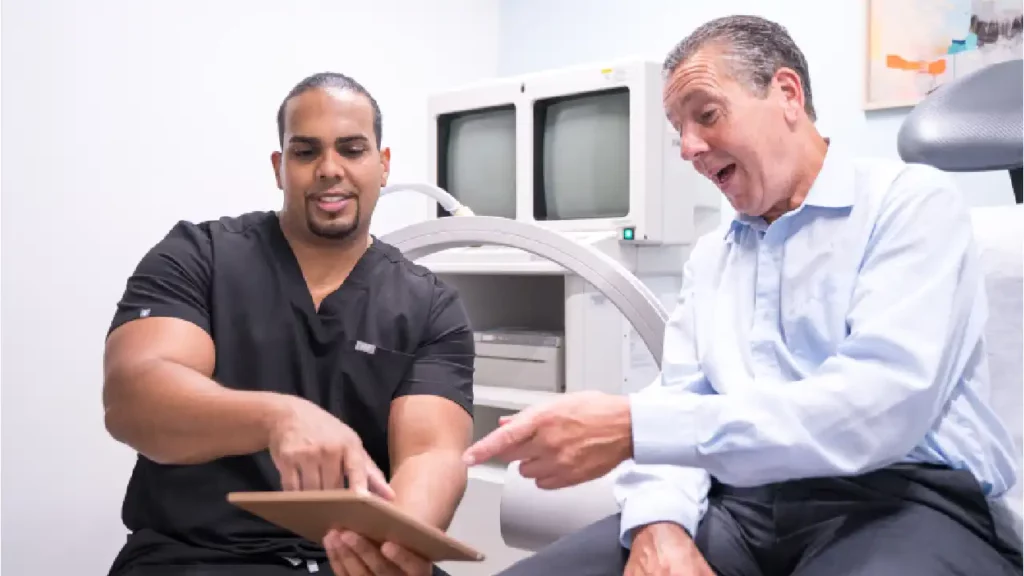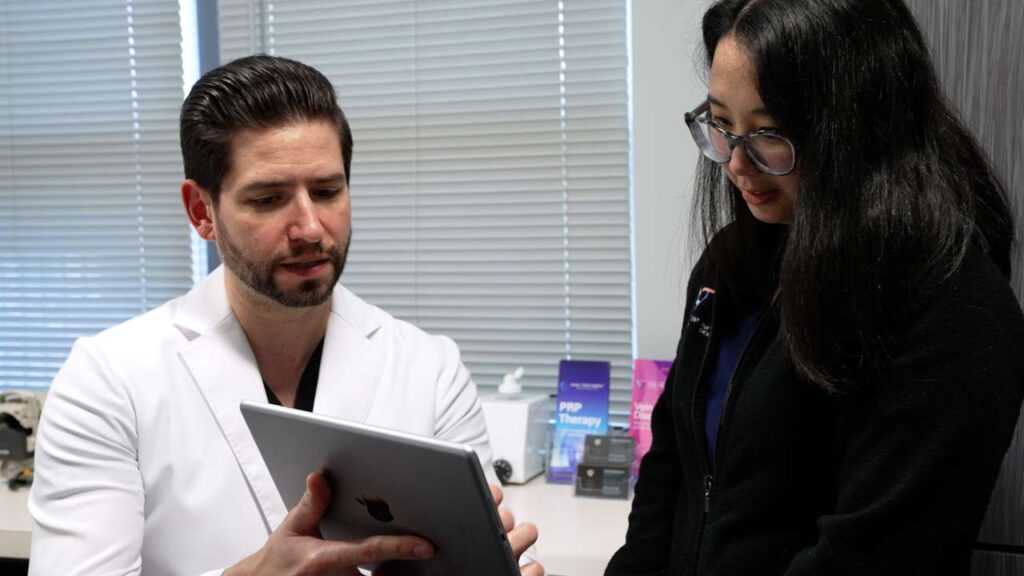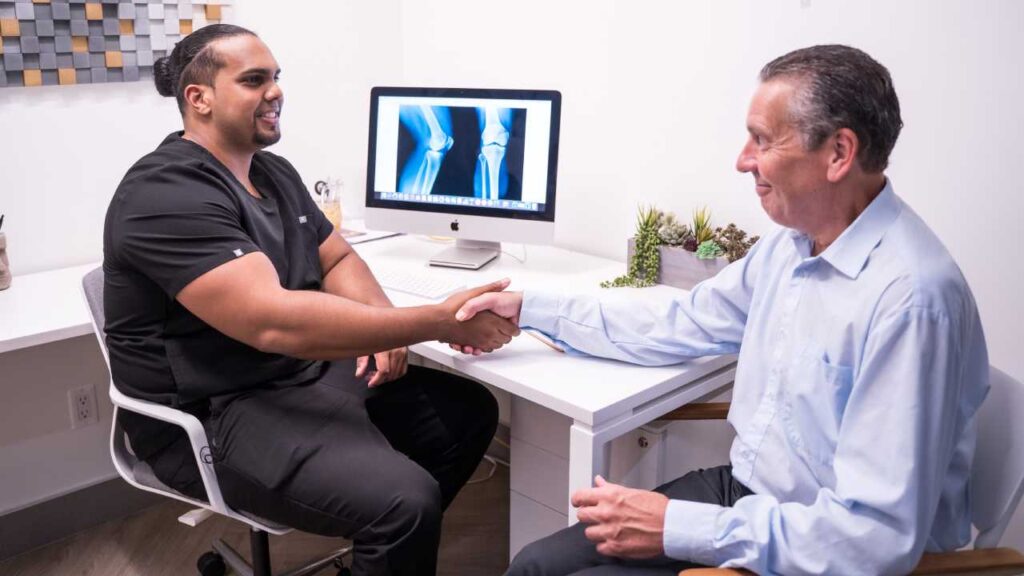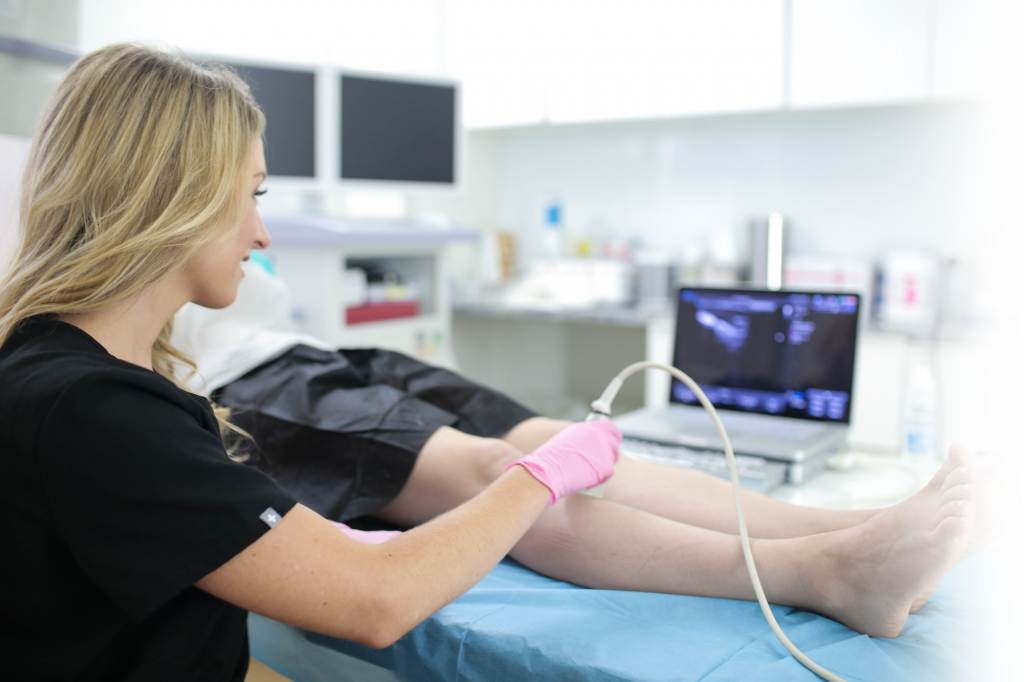1. Choose Vein Specialists Who Accept Insurance Plans
One of the best ways to keep vein treatment costs low is to choose a doctor who accepts insurance plans. Insurance now covers many vein treatments, and that coverage is only improving as vein issues are linked to an increasing number of health issues. Varicose veins and spider veins are rarely only cosmetic issues, especially when they develop in the legs. They often signify problems in deeper veins, such as Chronic Venous Insufficiency, blood clots, or excess endovenous pressure. Cosmetic vein centers and dermatologists can’t treat these. Their procedures are often considered elective by insurance plans. So, book an appointment with a qualified vein doctor in New Jersey to get maximum insurance coverage.
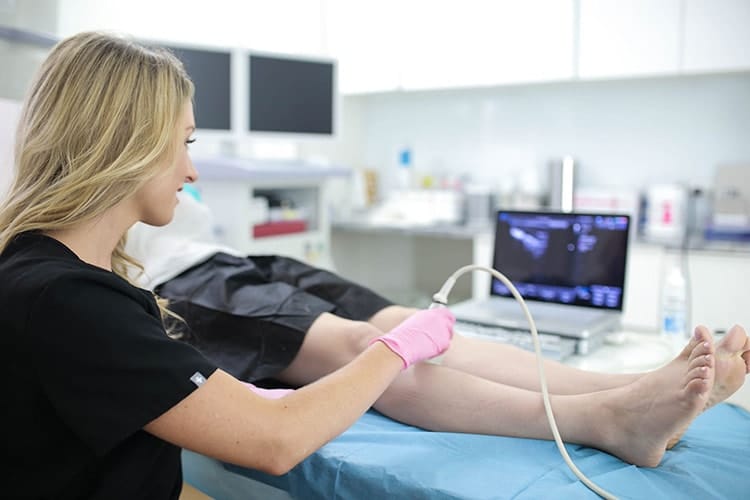
2. Choose a Vein Treatment Your Insurance Covers
Most insurance plans cover certain vein treatments, but they don’t all cover every procedure. It’s important to choose a vein specialist who offers a variety of treatments, so you have options to choose from. Cosmetic vein centers might only offer one or two procedures. But our Harvard-trained vein doctors in New Jersey provide all of the latest methods. We’ll explain each treatment you’re eligible for and submit insurance paperwork on your behalf. Then you can choose from among the treatments your insurance covers.
3. Choose Minimally Invasive Doctors to Treat Varicose Veins
Minimally invasive vein doctors provide some of the most affordable ways to treat varicose veins. Non-invasive procedures, like you’ll find at an esthetician or cosmetic surgeon, aren’t covered by insurance. They also don’t work for varicose veins, larger spider veins, or Chronic Venous Insufficiency. Surgery is overly invasive for most vein issues, and it typically costs more than other methods. That’s because surgery requires anesthesia and often hospitalization. It also necessitates a recovery period which could result in lost wages. So, the best option for most patients is a minimally invasive vein treatment. These procedures are routinely covered by insurance, and they don’t require general anesthesia or hospitalization. Most of them take just 15 to 30 minutes to complete. There’s no recovery period with these treatments, so you won’t lose any income while you heal.
4. Choose a Vascular Center for Treatment for Spider Veins
Varicose veins are larger and more protuberant than spider veins. They have a higher risk of complications, including bleeding that’s hard to control, slow-healing ulcerations, and venous stasis dermatitis. Spider veins can cause similar problems, especially when they’re caused by Chronic Venous Insufficiency. Leg veins are more prone to valve failure, which allows blood to leak backward and elevate pressure in the vein. So, if you have spider veins in the legs, you likely have Chronic Venous Insufficiency. Cosmetic centers can’t treat this disorder, so choose a qualified vascular center to conduct your treatment for spider veins.
When spider veins occur in other areas besides the legs, they can have other causes. Sun damage, certain diseases, skin injuries, and aging can cause facial spider veins. If you want insurance to cover those, you need a doctor with an adept insurance team. Our vein specialists can conduct vein mapping tests to find issues in deeper blood vessels. They use ultrasound devices to bounce sound waves off veins and locate areas with blockages or sluggish blood flow. These tests can help prove the medical necessity of vein treatment, so choose a physician with ultrasound training.
5. Choose Compression Stockings From a Doctor If Needed
Some insurance plans require you to try compression stockings before they’ll cover treatment. These aren’t safe for everyone, and they can’t remove varicose veins or causative issues. They can only reduce symptoms. If you need compression stockings for insurance, have our vein doctors select the right size for you. Otherwise, you might experience insufficient or excessive pressure. We can also provide the paperwork your carrier needs to prove whether you need treatment. This is much more effective than trying to manage insurance on your own. Our specialists handle this on a daily basis, and they will ensure you get the coverage you deserve.
6. Choose Board Certified Doctors to Avoid Multiple Sessions
If you’ve heard of someone’s spider vein or varicose vein returning, they might not have seen a board certified vein doctor. Treatments at the surface of the skin, like you’ll find in cosmetic vein centers, don’t treat the underlying malfunction. That means new spider veins and varicose veins can develop in the same area as the treated vein and be mistaken for a recurrence.
In addition, surface lasers can’t close large veins completely. That would require an amount of heat that would damage the skin. If you want to avoid multiple sessions, see a vein doctor who treats the vein directly, rather than applying treatments on the skin. Our vein experts insert tiny needles or catheters and position them on the vein for effective closure. They can also observe treatments with ultrasound devices to ensure they worked.
Some people assume surgery is the most permanent form of vein treatment. But when you cut a vein out, it often grows back as part of the body’s healing process. Veins that grow back don’t have valves, which means they’re more prone to becoming varicose again. Instead, most patients should choose a minimally invasive procedure that closes the vein within the body. A vein that’s properly sealed, rather than surgically extracted, can’t grow back. If you have several complicated veins to treat, or you need more than one type of treatment, it might require multiple sessions. But that’s not because the veins recur. It’s so that we can treat your veins with gentle and thorough precision.
7. Choose Custom Plans for Low Varicose Vein Treatment Costs
Vein treatment is not a one-size-fits-all procedure. Every patient has unique vasculature, venous connections, symptoms, and medical histories. To keep varicose vein treatment costs low, you need to choose the plan that’s customized just for you. That will prevent you from needing a follow-up procedure because the first treatment failed. Some vein centers only offer one or two treatments. But these might not be what your veins need. Our New Jersey vein specialists offer a wide range of options, and we often combine methods, if needed, for a beautiful outcome. We customize a treatment plan for each of our patients and include them in the decision. Book your consultation in Paramus, Woodbridge, Woodland Park, Scotch Plains, West Orange, or Clifton today to learn how we can restore your circulation.
